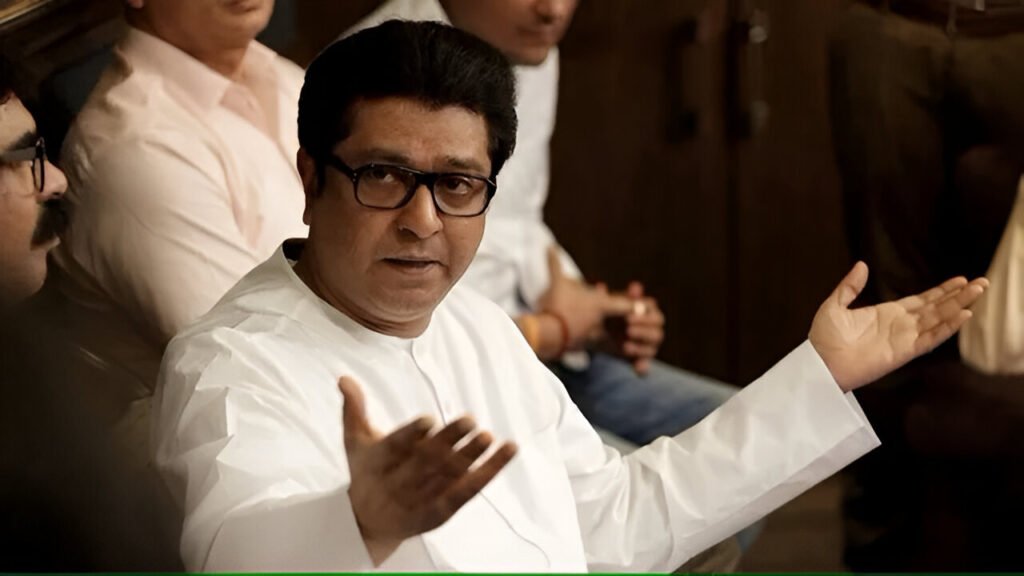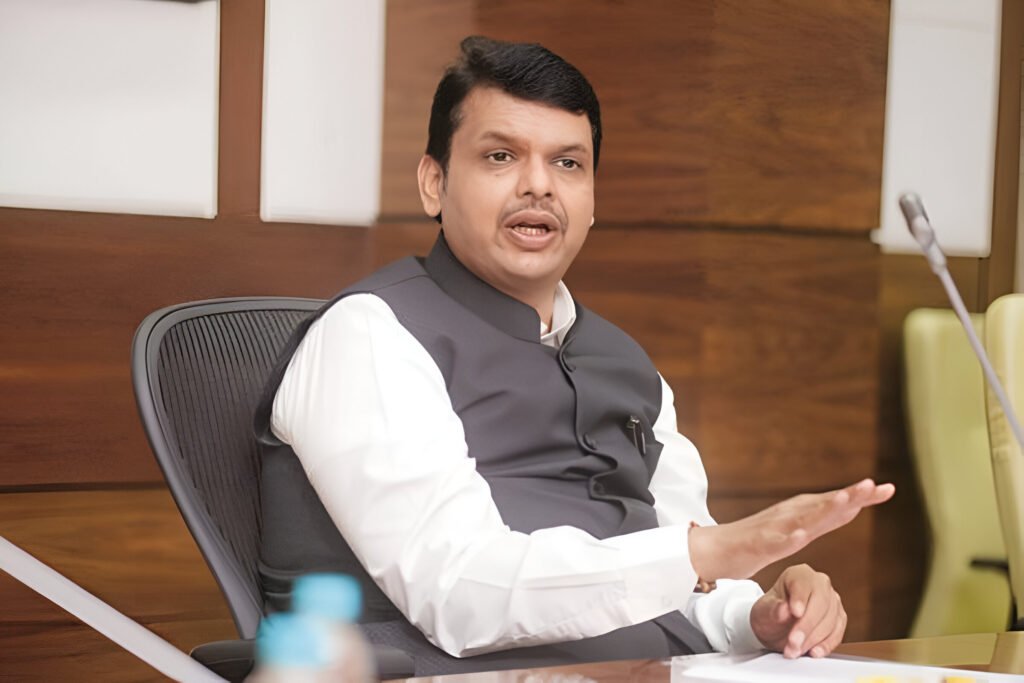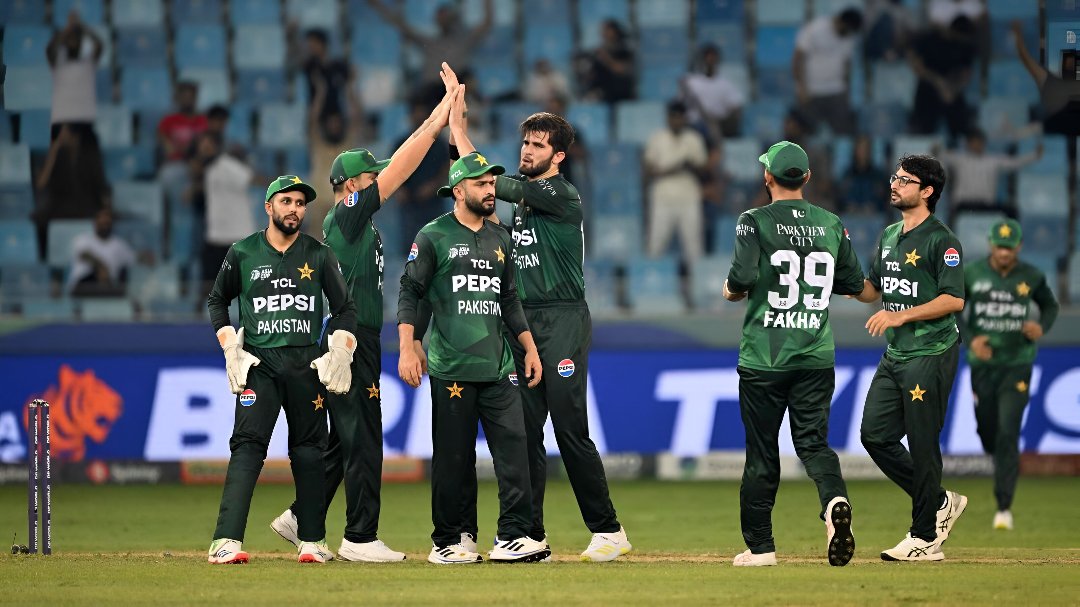
The Maharashtra government has stirred up a hornet’s nest with its recent decision to make Hindi a mandatory third language for students in Classes 1 to 5 in Marathi and English-medium schools. This shift away from the traditional two-language system has set off political fireworks, particularly from the Maharashtra Navnirman Sena (MNS), whose leader Raj Thackeray has come out swinging against what he views as an assault on Marathi identity.
The New Language Policy Framework
Starting next academic year, kids as young as 6 years old will be cracking open Hindi textbooks alongside their Marathi and English ones. The government plans to roll this out gradually:
- Class 1 students will be the first guinea pigs in 2025-26
- The following year, Classes 2, 3, 4, and 6 will join the party
- Classes 5, 9, and 11 will fall in line by 2027-28
- The last dominoes to fall will be Classes 8, 10, and 12 in 2028-29
Until now, little ones in Marathi and English-medium schools have only had to juggle two languages. Schools teaching in other languages already use three languages, and they’ll continue teaching their primary language plus English and Marathi.
“We Are Hindus, Not Hindi”: MNS Opposition
Raj Thackeray isn’t mincing words about his feelings on the matter. “I want to make it clear that MNS will not tolerate this decision,” he thundered on social media. “We will not allow the central government’s current efforts to ‘Hindi-fy’ everything to succeed in this state.”
His catchy slogan, “We are Hindus but not Hindi!” has quickly become the battle cry for those opposed to the change. Thackeray has thrown down the gauntlet with some fighting words: Hindi books won’t be sold in shops or distributed in schools if he has anything to say about it.
“Just try turning Maharashtra Hindi and see what happens,” he growled, tapping into that old-school regional pride that’s been the backbone of state politics since way back when. The Congress folks weren’t about to be left out either – their man Vijay Wadettiwar jumped right in, calling the whole thing a punch to the gut of “Marathi asmita” (that deep-rooted Marathi pride that gets everyone fired up). “There would have been no problem if Hindi were an optional language,” he pointed out. “But making it mandatory will hurt Marathi sentiments.”

Political Reactions and Opposition Arguments
He raised an interesting question that has resonated with many: “Can we demand Marathi as a third language in Madhya Pradesh or Uttar Pradesh?” The answer is pretty obvious to anyone familiar with India’s complicated linguistic politics.
Critics are quick to remind everyone that Indian states were carved out along linguistic lines for a reason. They argue that this move tramples on that principle and threatens to erode Maharashtra’s distinct identity.
The rumor mill is churning overtime on this one. Thackeray’s not buying the official story – he thinks the Mahayuti bunch is playing dirty politics, trying to stir up bad blood between Marathi folks and everyone else before the local elections roll around. Plenty of people are rolling their eyes and saying it’s just smoke and mirrors to keep everyone from noticing the real problems – the state’s broke, and nobody can find a decent job.
Government’s Defense
Chief Minister Devendra Fadnavis isn’t backing down in the face of criticism. Fadnavis is digging in his heels on this one. The state’s already jumped on the National Education Policy bandwagon, he says, so why stop now? When he tries selling folks on the whole “Hindi connects the country” line, most critics just roll their eyes. Nobody’s buying what he’s selling.
Education official Rahul Rekhawar from the State Council of Education Research and Training has tried to smooth ruffled feathers by claiming the decision is “completely in the interest of students” and will boost their “mental and academic development.” But his assurance that “there is no other motive behind the decision” has been met with raised eyebrows.
The Larger Context
This dustup in Maharashtra is just one battlefield in a wider war over language policy under the NEP 2020. Southern states have also dug in their heels against what they see as Hindi imposition.
The tension between pushing for a common national language and protecting local linguistic treasures is nothing new in Indian politics. It’s a tightrope that has wobbled dangerously since independence, sometimes threatening to snap altogether.As the clock ticks toward implementation, pressure is mounting on Maharashtra’s government to either stick to its guns or find a compromise that won’t leave Marathi pride wounded. Whatever happens, the language debate is sure to keep tongues wagging across the state for months to come.









